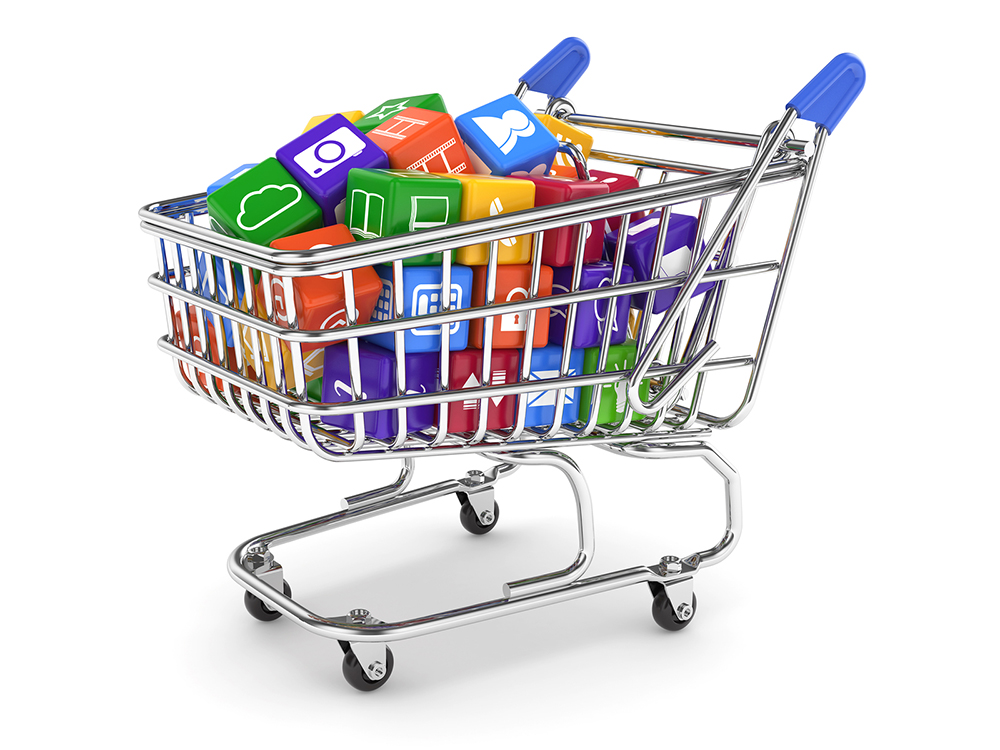Communication
Social media has opened a gateway toward the number of touch points retailers have with consumers. Customers can openly or directly connect to businesses, as well as provide (often instantaneous) negative or positive feedback about products or customer service, which can impact other consumers. While complaints can and have go viral, it also gives retailers a chance to listen, solve problems, and build one-on-one connections with customers.
Marketing
Retailers are constantly finding new ways to market to customers, instantly informing them about sales, new products and exclusive or online-only promotions. Customers are directly informed about new marketing initiatives, and share their opinions or simply pass along the information via Twitter, Facebook, Pinterest and others in their social communities.
Social Shopping
Social media is changing the ways people shop. How many times does it happen that someone takes a picture of a product and sends it out to their social media sphere to elicit opinions? Smartphones, specifically, are the tools which allow customers the instant engagement on social sites, shaping their behavior, decision making and shopping experience. In addition to sharing information, consumers can check-in via mobile apps to receive instant specials from retailers, access coupons, Tweet about their experience or simply let others know where they are shopping. Retails can utilize social media with limited-time offers or rebates for liking or sharing information to influence behavior.
Branding
Retailers have access to customers like never before, and opportunity to build their brands. Businesses have become more personal, shaping the way customers perceive their brand. Every aspect of the open dialogue about a brand via social media – a Tweet, a photo shared on Pinterest or a Facebook check-in – connects the entire social sphere of each customer, often in specific demographics. When retailers understand the analytics behind their customers, they can utilize the data to better understand consumers as well as shape pricing decisions and product management.


 RSS Feed
RSS Feed
